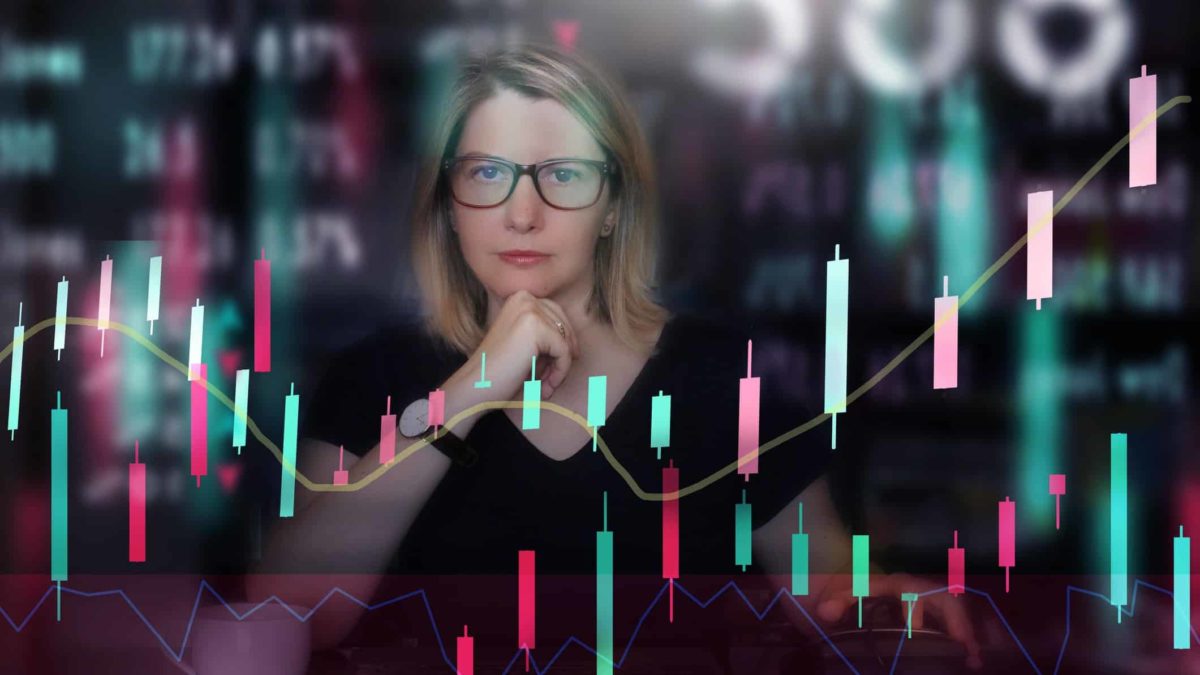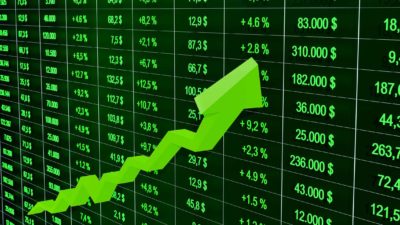Before a slight rally on Thursday, the S&P/ASX 200 Index (ASX: XJO) had sunk 4.7% from its 13 August peak.
So will this correction turn into a bear market, or is it just a stumble before shares rocket up again?
According to AMP Capital chief economist Dr Shane Oliver, it's too early to declare that the pullback has finished.
"Some of the worries around US fiscal policy and politics, China, global supply constraints and central banks likely have further to run and could see the correction go further," he wrote on an AMP Ltd (ASX: AMP) blog.
Many worries for share markets at the moment
Both the ASX 200 and overseas markets are facing multiple sources of anxiety.
The US government would have run out of money this week, but an 11th-hour deal delayed this fate until at least December.
"But this just means the issue will come up again in a few months — along with the need to avoid a government shutdown where funding was also extended into December," said Oliver.
"Republicans still don't plan to vote for it as that will be seen as signing up to Democrat spending."
There is also concern about the Democrats' social spending package and US Federal Reserve chair Jerome Powell's renomination.
On the other side of the world, real estate developer Evergrande had a stay of execution but clouds still hover over its fate.
"Evergrande is yet to be resolved and other developers are having problems," Oliver said.
"The broader slowdown in Chinese growth reflects the earlier removal of stimulus and coronavirus restrictions in August, which have since been relaxed."
Oliver thought Beijing would not allow a major slowdown of the economy, as that would risk "social unrest".
To add to those worries, gas prices have risen 6-fold this year in Europe and there are electrical blackouts in China.
But the biggest issue is supply and inflation
Above all, though, Oliver reckons there is one problem that could have a much more direct and longer-lasting impact on ASX 200 shares.
"Supply constraints and inflation — this is the biggest issue because a permanent increase to significantly higher inflation will mean lower price-to-earnings multiples/higher required yields for assets."
He added that while a huge increase in the supply of money globally does pose an inflation risk, the current dilemma is more attributable to temporary distortions caused by COVID-19.
"In the pre-COVID world, the global supply system was a very finely tuned and highly efficient machine.
"Coronavirus threw it off with outbreaks (people can't go to work) and their response (e.g. enhanced unemployment benefits encouraging people not to work) causing disruptions to production, and demand swinging to goods from services all of which is showing up in today's problems."
The prospect of inflation is triggering central banks around the world to become more hawkish. New Zealand last week already pushed up its official cash rate.
So is this the start of a bear market for the ASX 200?
Oliver predicts grey clouds to stick around in the short term.
"The risk is that the correction has further to run," he said.
But as for whether the correction will turn into a significant bear market, Oliver pointed to a recession as the historical catalyst for such a downturn.
The good news is that he doesn't see the long list of worries as severe enough to trigger a US, global or Australian recession.
"Ultimately, we see the issues being largely resolved in a way that does not severely threaten global growth," Oliver said.
"So with global monetary policy likely to remain relatively easy for some time, we continue to see the broader trend in global and Australian shares remaining up, once the correction runs its course."









